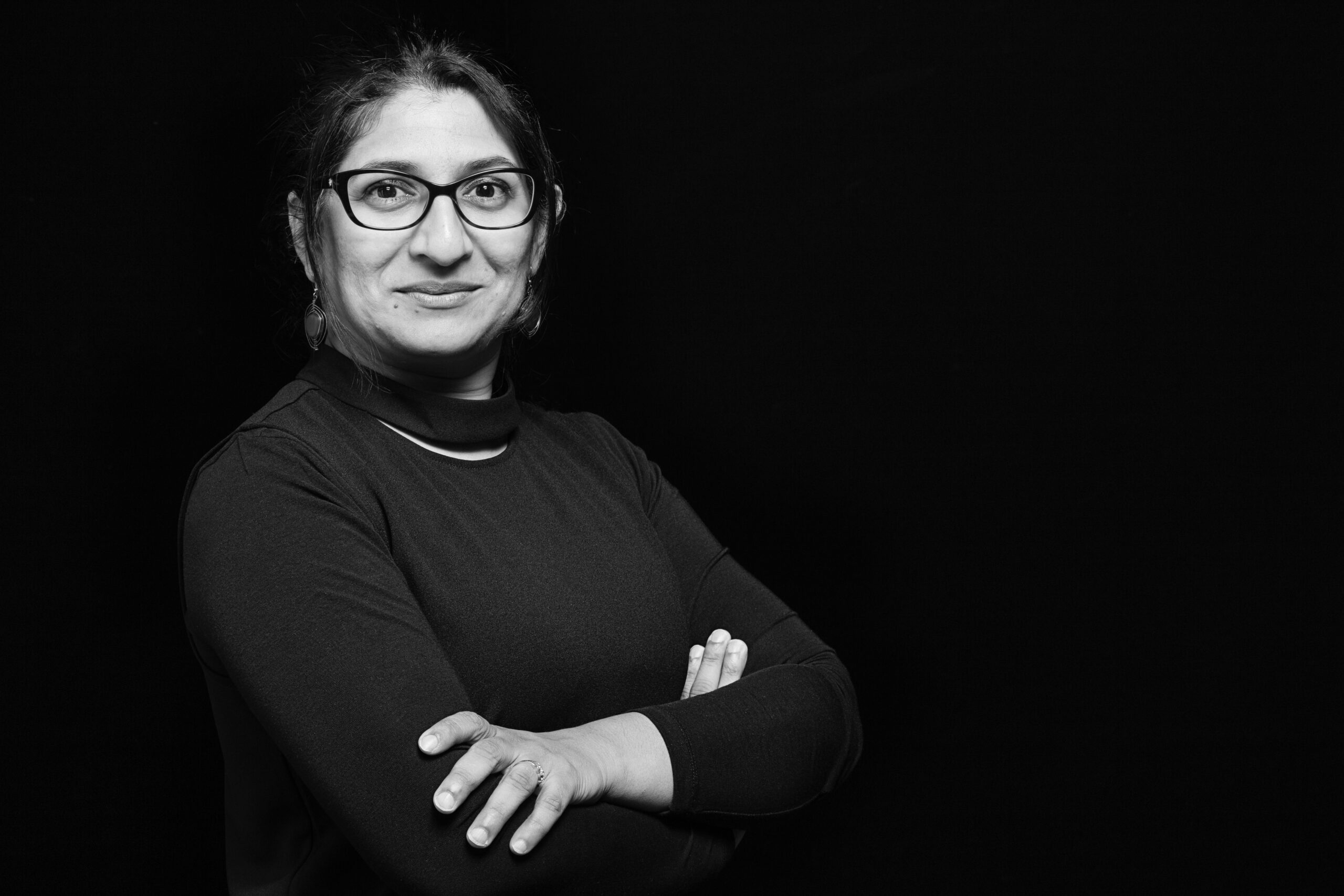Slowly Ambient Wins a GROCS Award
Slowly Ambient is one of the two GROCS-winning projects involving Michigan Architecture. The GROCS — Grant Opportunities [Collaborative Spaces] — competition encourages an interdisciplinary vision for enhancing teaching, learning, and research.
The team describes Slowly Ambient as a deployable shelter that finds it shape in the form of environmental mimicry, taking cues from wind speed, temperature, and humidity. The shelter is a prototype for a system that can create a loop of information and action between the structure, the environment, and its inhabitants with subtle motions and changes in atmosphere. The shelter attempts to make visible connections between natural and artificial environments and their occupants in ways that are usually unrealized through visualization and interaction. The form of the shelter becomes a collaboration between the inhabitants and the environment.
The project is a study of an approach which integrates intelligent computing and ambient lighting at the scale of the structure. The team proposes to realize these technologies at the human scale to understand their affect on the situational context of the surrounding environment by developing a prototype for a shelter that senses and responds real-time to environmental conditions, such as heat, wind, and humidity. The structural system will incorporate a shape memory alloy (SMA; a type of metal that changes form when energy, such as heat or electricity, is applied) and ambient information systems that will make a visible connection between climatic conditions of the natural environment and spatial conditions of the built environment that can be understood by casual users. The interaction of inhabitants with the dynamic structure will be enabled by the communication of the environmental sensors to the SMA actuators that will physically alter the structure. The team hopes to develop a system of interaction that sets up the potential for learning patterns between the user and the environment.
Project collaborators
University of Michigan, Taubman College of Architecture and Urban Planning
Kendra Byrne (M. Arch 3G)
Evan Hall (M. Arch 3G)
University of Michigan, College of Engineering
Brent Utter (Ph.D., Mechanical Engineering)
Brendan Byrne (Undergraduate, Aerospace Engineering)
Advisor: Malcolm McCullough









